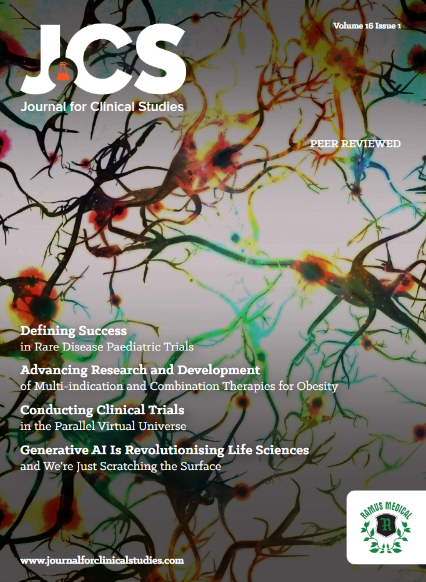Global Cannabis market size was valued at USD 14154.75 million in 2023 and is expected to expand at a CAGR of 17.17% during the forecast period, reaching USD 36619.44 million by 2031.1 While Kratom on the other hand valued at USD 1.87 Billion in 2023 and is expected to grow at a CAGR of 17.2 percent from 2024–2030 to reach USD 5.69 Billion based on MMR.2 Cannabis and kratom have emerged as subjects of increasing interest due to their potential industrial applications and therapeutic properties. As the global perception of these substances evolves, exploring their significance in Malaysia’s context is vital. Furthermore, as Malaysia continues to diversify its economy and explore new avenues for growth, tapping into the expanding global cannabis and kratom markets presents an opportunity for economic expansion and job creation. This writing aims to delve into the industrial strategical way and potential of cannabis and kratom, and their role in advancing treatments within Malaysia.
Kratom, an herb native to Southeast Asia, including Malaysia, presents promising industrial prospects. Its alkaloids, particularly mitragynine, have drawn attention to their potential pharmaceutical applications. The herb’s properties show promise in herbal supplements and cosmetics, potentially expanding Malaysia’s industrial landscape. Cultivating kratom could not only contribute to economic growth but also foster a thriving domestic industry. The therapeutic potential of cannabis and kratom extends beyond their industrial uses. Cannabis derivatives, notably CBD (cannabidiol), exhibit promise in managing various medical conditions. From alleviating chronic pain to assisting in anxiety and epilepsy treatment,3 ongoing research showcases its potential as a therapeutic agent. Similarly, kratom’s alkaloids have been studied for their potential in managing pain and aiding in opioid addiction treatment.4,5 This is supported by a clinical trial conducted back in 2020 which reported significant paint tolerance increased 1 hour after kratom ingestion.6 Exploring these treatments could revolutionise healthcare practices in Malaysia.
According to data from clinicaltrial.gov website, in 2023 as per portrayed in Figure 1, America led in conducting trials on cannabis and kratom, followed by Europe, Oceania and Asia, which showed the least activity in this area. The clinical trial data from the platform indicates that the most prevalent condition being studied in relation to cannabis and kratom is pain, underscoring the significance of research in addressing this area of medical need. This emphasizes the importance for Malaysia to actively engage in research initiatives exploring the potential therapeutic effects of cannabis and kratom, particularly in addressing pain management within the local population. In addition to its potential in pain management, research into the therapeutic effects of cannabis and kratom has also shown promising results in addressing other medical conditions such as anxiety, depression and neurological disorders.















